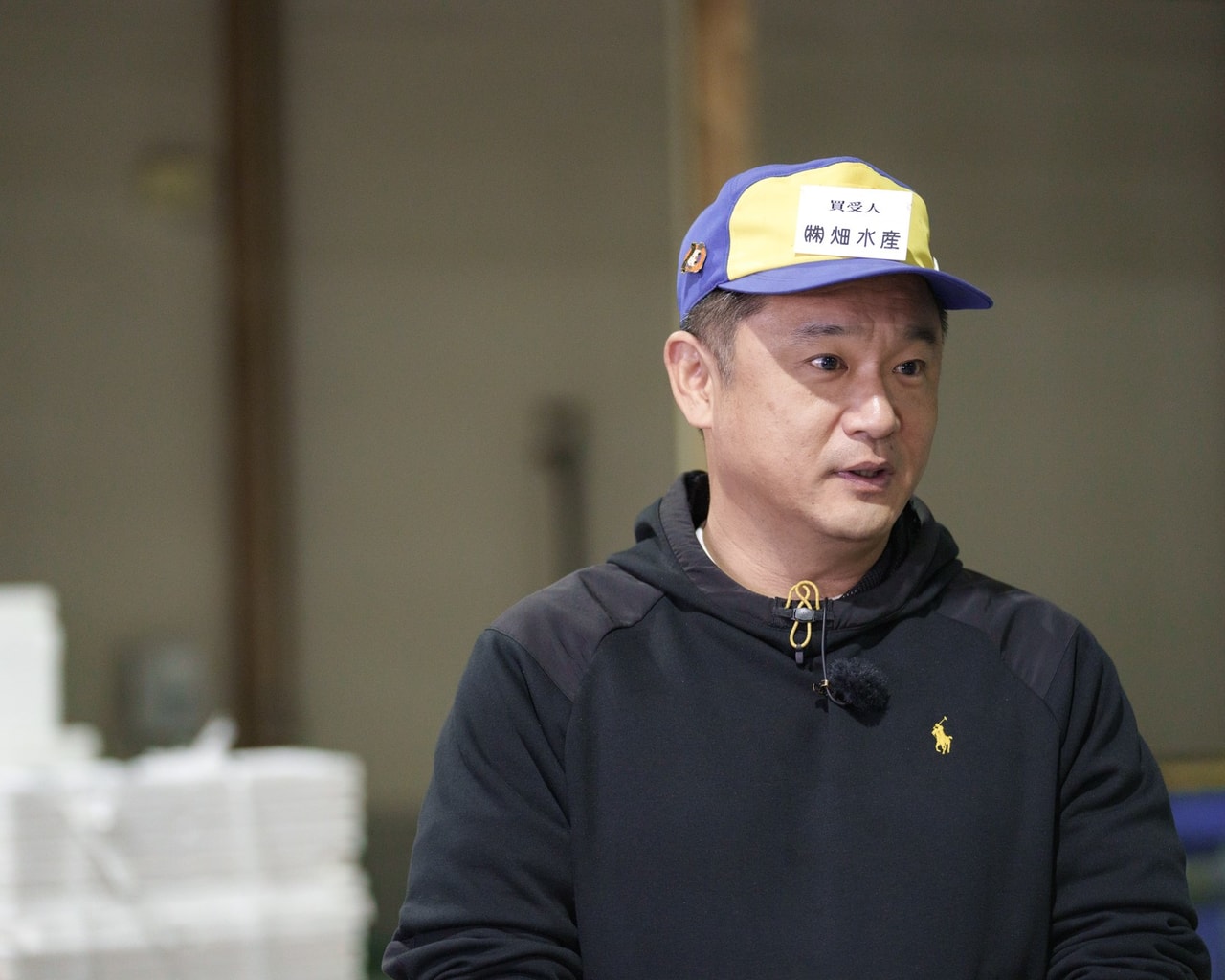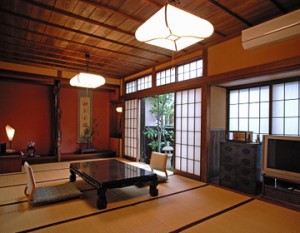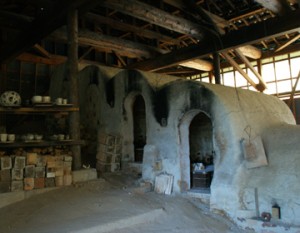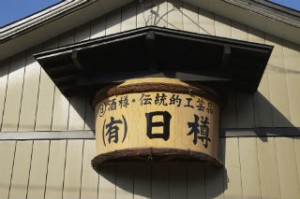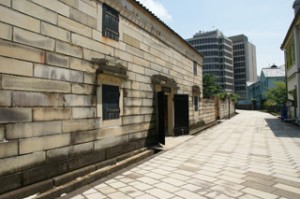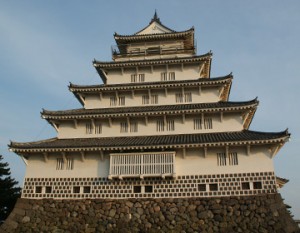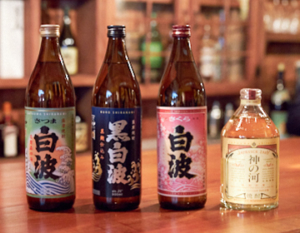Since its founding in 1958 (Showa 33), Hata Suisan has been dedicated to the fugu industry in Shimonoseki City, Yamaguchi Prefecture, the heartland of fugu.
As a specialized wholesaler of fugu, we have focused solely on this craft for over six decades.
We handle a wide range of high-quality fugu, from rare wild-caught specimens to farmed varieties,
and our exceptional processing techniques have earned us a reputation for excellence, with a track record of exports not only domestically but also internationally. We continue to create products that showcase the unique charm of fugu.
Yamaguchi Prefecture is home to the nationally renowned “Shimonoseki Fugu,” one of Japan’s top fugu brands. For 65 years since its founding in Shimonoseki City, Yamaguchi Prefecture, “Hata Suisan Co., Ltd.” has been a leading wholesaler in the fugu industry. This article traces the achievements of the top-ranking Shimonoseki fugu wholesaler and explores the charm of Shimonoseki fugu.
The only one in Japan! Nanpu Market, a wholesale market specializing in puffer fish
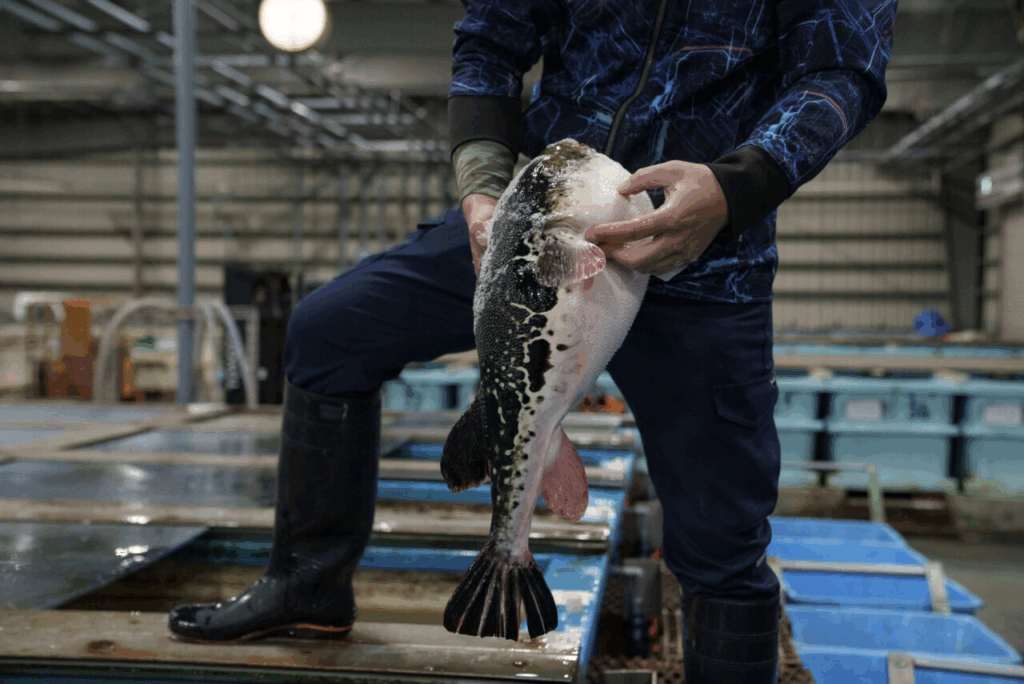
The Haedomari Market in Shimonoseki City, Yamaguchi Prefecture, is Japan’s only wholesale market specializing in fugu (puffer fish). As a result, fresh wild and farmed fugu from fishing grounds and aquaculture farms across Yamaguchi Prefecture and other regions are transported to this market, located at the westernmost tip of Honshu, via land, sea, and occasionally air routes.
In the past, other fish species were also wholesaled here, but as fugu fishing grounds expanded and catch volumes increased, the market could no longer handle the volume, leading to its specialization as a fugu-only market. Thus, Haedomari Market became the only market in Japan where all aspects of fugu trade are handled independently.
In short, Shimonoseki’s fame for fugu is not merely due to its high catch volume, but also because the market attracts skilled craftsmen with the expertise and knowledge to discern the quality of various fugu species gathered from across the country.
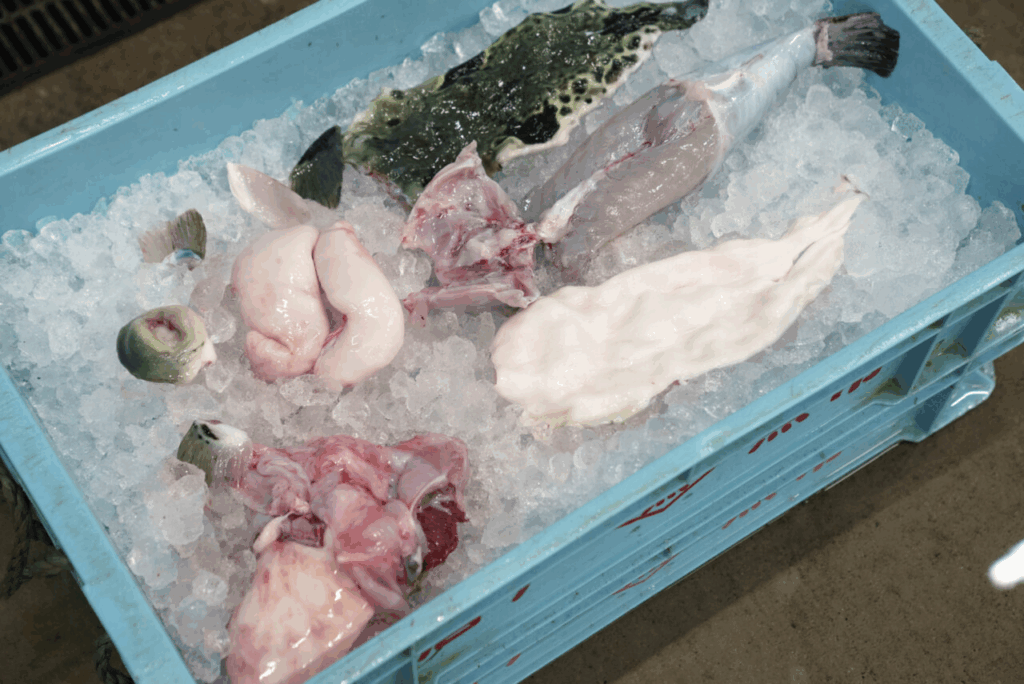
The unique auction at Minamikaze-hama Market
At the auction at Minamikaze-hama Market, the size, color, and eye color of the fugu are checked. As a sample, the fugu is first processed by removing all toxic and inedible parts (known as “fugu-maki”) to leave only the edible parts. The presence of white roe, skin, flesh, beak, and internal organs are then inspected. This is done so that middlemen can assess the condition of the fugu purchased that day and judge its color and meat quality after it is processed.
By the way, this applies only to farmed fugu. Farmed fugu from the same farm during the same period are of the same species, so if you know where they were farmed, you can determine the condition of other fugu from the same farm by examining just one. On the other hand, wild fugu are all unique, so examining them is not helpful. Freshness also deteriorates, so they are judged in their whole state.
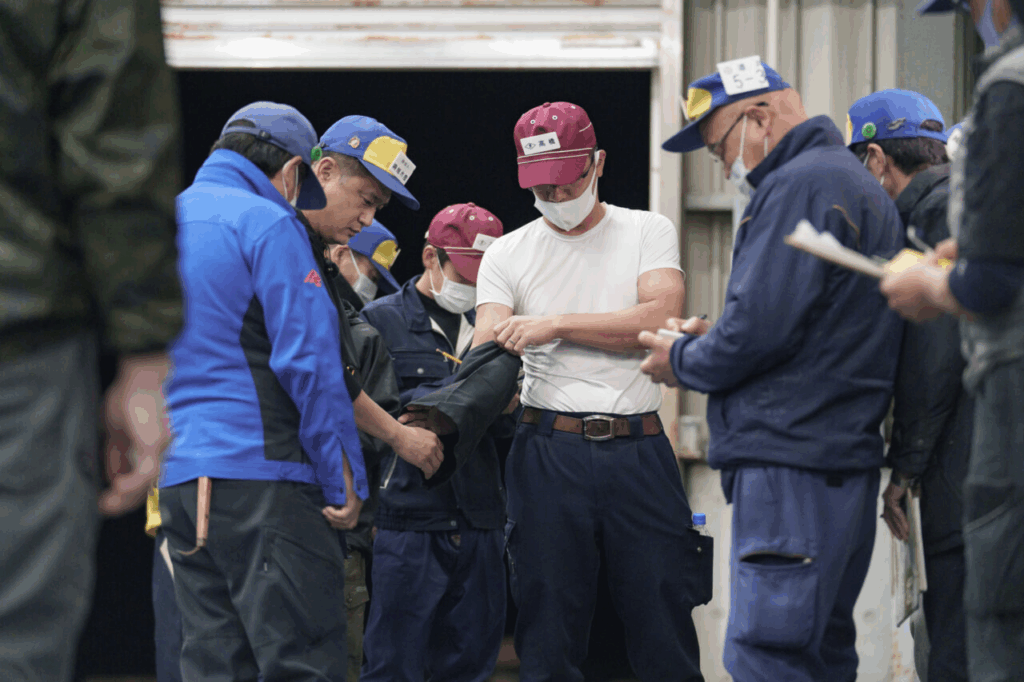
The auction method is unique, with auctioneers and wholesalers holding hands inside a cylindrical black cloth bag to determine the price through a method called “bag auction,” which has become a signature feature of the Nambuhama Market.
There are various theories about how this method originated, but the most widely accepted one is that it was developed to prevent fights over bids by hiding the prices from other companies.
If the price cannot be decided and there are multiple bidders with the same bid, they settle it by rock-paper-scissors, which is quite interesting. On the day of the interview, the highest price was 200,000 yen per box for wild fugu, and around 60,000 yen per box for farmed fugu.
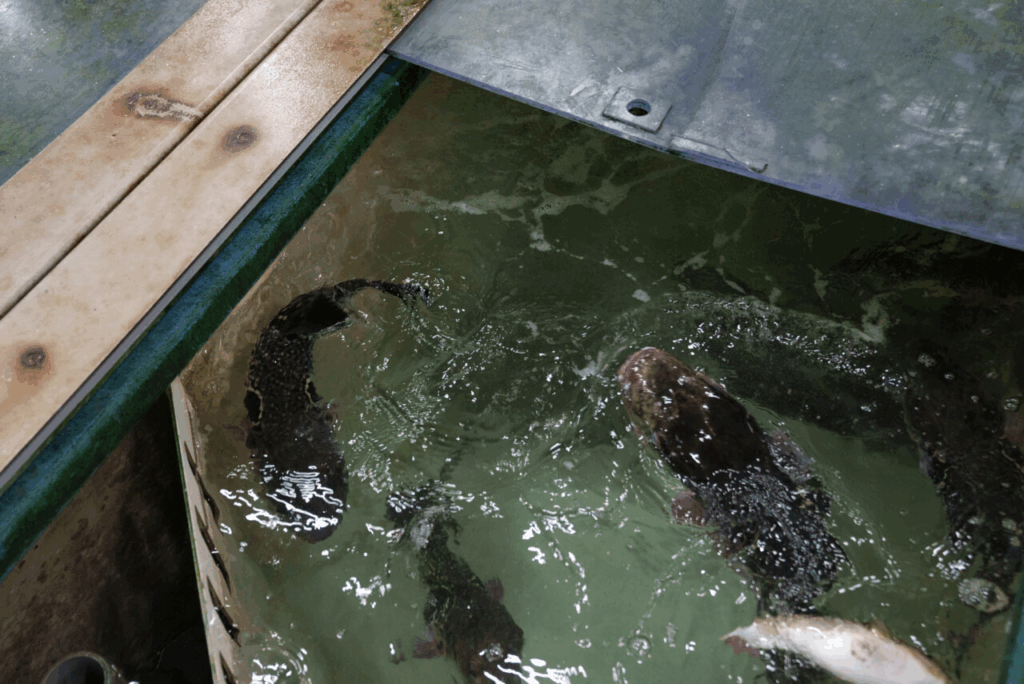
Why Shimonoseki’s fugu is said to be the best in Japan
After the auction, the fugu are kept in tanks for two to three days to remove any stress they may have experienced during transport and to allow them to expel any remaining food and waste from their bodies. This process is called “ikashikomi.” This ensures that the fugu are in good condition and have high-quality flesh.
This process ensures that the fugu is delivered to markets nationwide, including the Tokyo Central Wholesale Market, in a fresher and safer state. If the fugu departs Shimonoseki by 5 a.m., it arrives at major urban markets like Tokyo on the same day, which is why the tradition of starting the auction in the middle of the night still persists in Shimonoseki.
Interestingly, fugu have four large, strong teeth resembling a beak, capable of crushing coral and hard shells with remarkable force. In farmed fugu, these teeth are typically broken from a young age, but in wild fugu, leaving them intact can lead to injuries from biting each other in tanks. Therefore, good-quality fugu have their teeth broken after being caught.
Such meticulous care is one of the reasons why Shimonoseki fugu is considered the best in Japan.
There are approximately 430 species of fugu worldwide, inhabiting various environments such as freshwater and seawater.
In Japan, only seawater-dwelling fugu have been discovered, with about 60 species confirmed, but only certain species are edible, and the catch volume varies by season.
Among them, the tiger fugu is considered the highest grade. Of course, in Shimonoseki’s market, its presence is unparalleled.
However, wild tiger fugu is extremely rare. As water temperatures drop, the flesh becomes firmer and the roe grows larger, but due to the effects of global warming, such high-quality individuals are becoming increasingly difficult to catch each year, further enhancing their rarity and value.
I want to eat fugu, but I value my life.

When it comes to fugu, the image of its toxicity is strong, and handling it requires a special license. Despite this, it continues to fascinate people.
Its appeal has been known for a long time, with records indicating that it was consumed in Japan as far back as the Jomon period.
There is even a proverb that goes, “I want to eat fugu, but I value my life,” highlighting its popularity. Its flesh is high in protein, low in fat, and has a light, delicate flavor, yet it is rich in umami and sweetness, with a crisp, elastic texture that makes it unforgettable. It is often referred to as the “king of whitefish.”
However, during the Azuchi-Momoyama period, the toxic parts were not yet clearly identified, leading to a series of fatal poisonings. As a result, it is said that Toyotomi Hideyoshi issued a “fugu eating ban,” and for a time, fugu became a fish that was off-limits to eat.
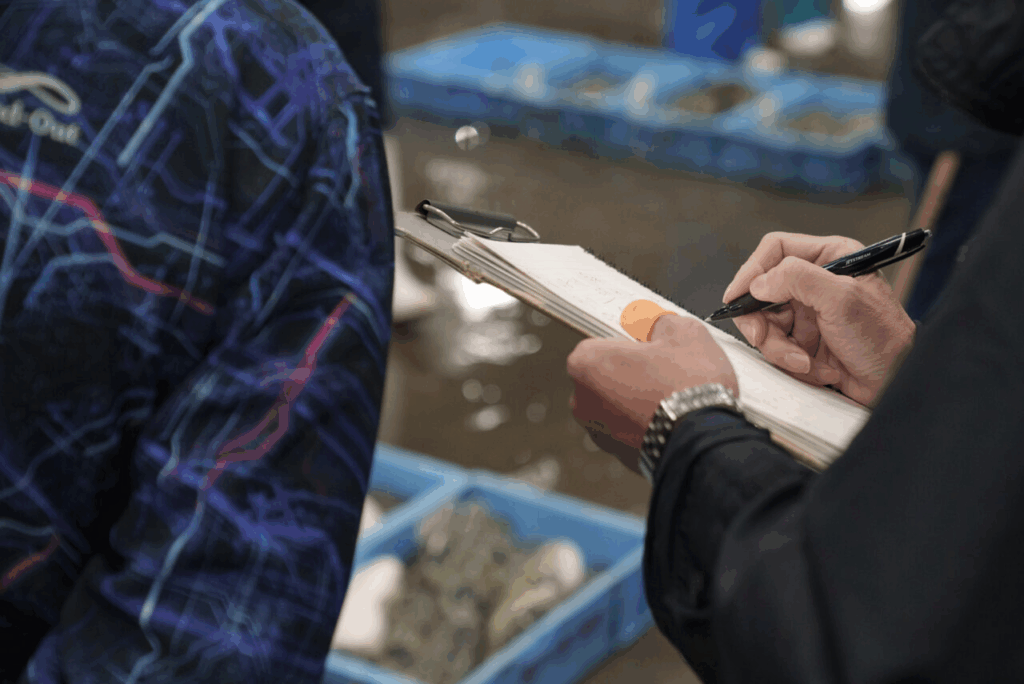
Incidentally, the toxin responsible for fugu poisoning, tetrodotoxin, is a compound word combining “tetraodontidae” (the scientific name for fugu) and “toxin.”
Tetrodotoxin is approximately 1,000 times more toxic than cyanide. Poisoning occurs approximately two hours after ingestion, causing numbness in the lips, tongue, and fingers, followed by vomiting and headaches. In severe cases, it can lead to respiratory failure due to nerve paralysis and death.
The toxic parts of pufferfish vary by species, and some pufferfish do not contain toxins. This irony led to the name “teppou” (meaning “gun”), as it was believed that being hit by a pufferfish was as deadly as being shot by a gun. This name has persisted, and pufferfish sashimi is still called “tessa” today.
The forbidden taste that captivated the heart of Hirobumi Ito
Although pufferfish are highly toxic, their deliciousness has remained unchanged throughout history, and many samurai continued to eat them in secret. As a result, some feudal domains imposed severe penalties on those who did so.
However, it was impossible to completely restrict something so desirable, and pufferfish cuisine continued to thrive in areas beyond the reach of the authorities.
The turning point came when fugu, this forbidden delicacy, became publicly edible.
During the Meiji era, when the first Prime Minister of Japan, Hirobumi Ito, visited Shimonoseki, he was served the best fish the city had to offer. However, at that time, the sea was rough, and almost no fish could be caught.
The innkeeper, after much deliberation, decided to serve fugu, risking her life. Upon tasting it, Ito Hirobumi exclaimed, “This dish harmonizes all flavors perfectly.” This incident led Ito Hirobumi to advocate for the promotion of fugu consumption to the governor of Yamaguchi Prefecture, and in 1888, fugu was officially legalized.
Even after legalization, challenges surrounding fugu consumption persisted.
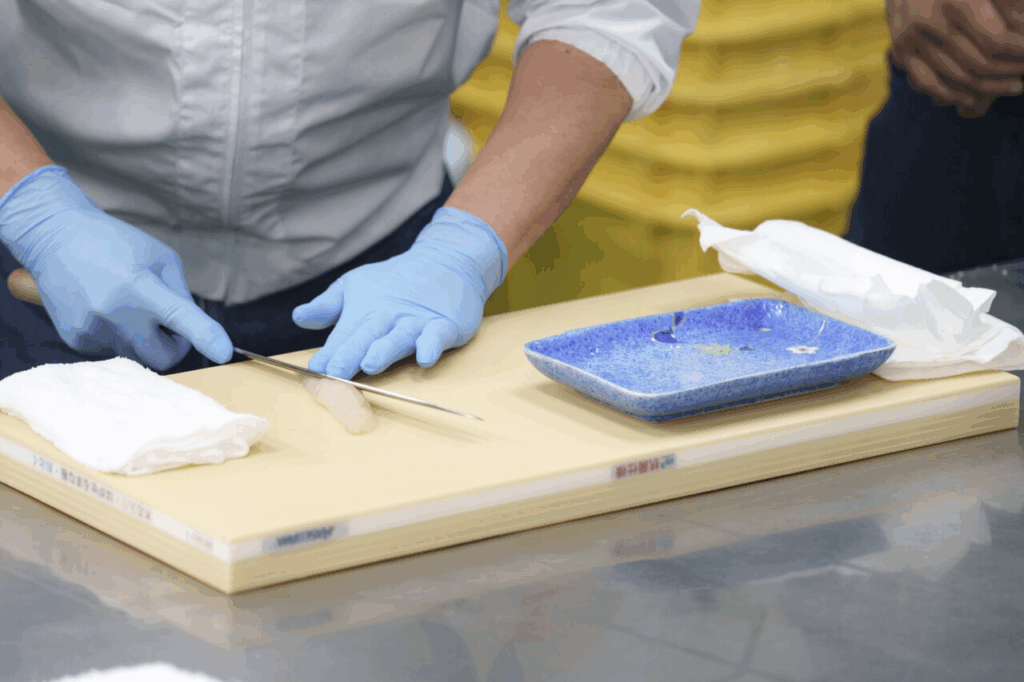
Although fugu consumption was eventually legalized, cases of fugu poisoning continued to occur even after the ban was lifted.
Why was this the case?
In fact, fugu are not naturally poisonous fish.
Marine bacteria that contain toxic elements are present in the microorganisms that fugu feed on, and as fugu consume these bacteria, extremely potent toxins are produced within their bodies.
As a result, the toxicity levels vary depending on the fishing location and season, leading to continued incidents of fugu poisoning even after the ban was lifted. Despite this, research, management, and poisoning prevention efforts continued, and in 1983, the Ministry of Health, Labour and Welfare finally designated 22 species of fugu as safe for consumption. The toxic parts of each species were clearly identified, and it was established that they could be safely consumed after proper processing.
Following this, a fugu chef certification exam was introduced, and only certified individuals are now permitted to prepare fugu, further ensuring the safety of fugu consumption.
Hata Suisan’s Cross-Oceanic Challenge
Among the leading companies in the fugu industry in Shimonoseki, Yamaguchi Prefecture, which has been at the center of the history of fugu consumption, there is a wholesaler known as a pioneer in the industry. This is “Hata Suisan Co., Ltd.,” a fugu-specialized wholesaler that has been in operation for three generations. The company’s origins trace back to its founder, Hata Sakae, who worked as an assistant manager at a renowned fugu restaurant in Yamaguchi Prefecture. There, he learned the skills of procurement and processing, becoming captivated by the charm of fugu. Driven by a desire to share this charm with others, he decided to strike out on his own.
Some time later, Hata Suisan, which was operating as a wholesaler in Shimonoseki, faced a turning point. In 1984, the owner of “Restaurant Japan,” the first authentic Japanese sushi bar in New York, approached Hata Suisan with a request to export fugu to the United States. Eiji initially hesitated at the unprecedented proposal to export fugu, which had virtually no demand as food overseas due to its toxicity. However, he decided to take on the challenge, envisioning the future expansion of fugu cuisine and the development of Shimonoseki’s fugu industry.
The hard-won right to export fugu
Thus began the fugu export project. In 1985, they invited the head of the U.S. Food and Drug Administration (FDA) and served fugu sashimi with the toxic parts removed, but the FDA did not grant export permission.
Undeterred by their passion to export fugu, they meticulously responded to each of the safety-related documents requested by the FDA, submitting detailed evidence-based materials over a five-year period. As a result, the FDA granted export permission for processed fugu from Hata Suisan, a member of the Shimonoseki Export Association.
The long-awaited export rights were finally secured. On March 19, 1989, the first shipment of fugu arrived in New York.
Fugu cuisine was accepted in New York.

Sakae decided to promote fugu cuisine by first sharing its wonderful qualities with a wider audience. The first fugu sashimi he served in New York was presented with great attention to appearance, arranged in the shape of a crane. The thinly sliced fugu, so delicate that the pattern and color of the plate could be seen through, was intended to allow diners to fully appreciate the elastic texture and rich flavor of the fish. This dish was a testament to Sakae’s pride as a long-time fugu wholesaler.
The beauty, exceptional technique, and the firm texture and sweetness of the fugu were met with great acclaim overseas and widely accepted by local food connoisseurs. Mr. Sakae’s passion for fugu has been passed down through generations and is now carried on by the third-generation head, Mr. Eiji.
Carrying on the legacy of his predecessors, the third-generation head.
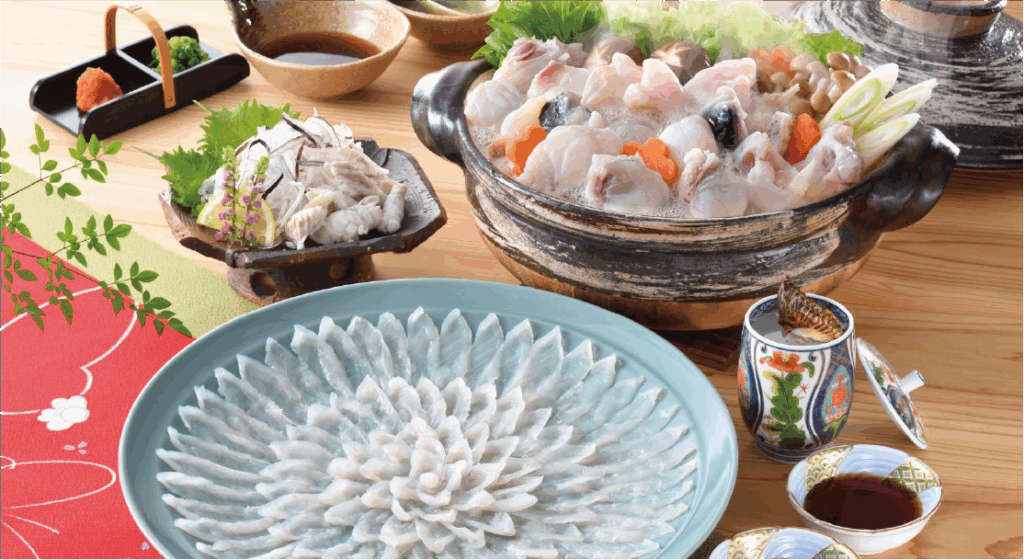
Currently, Eiji, who is the third-generation head of the family business, decided to take over the family business while attending university to help his father, who had fallen ill. After graduating from university in Yokohama, he immediately returned to Yamaguchi and joined Hata Suisan. He started by observing and imitating the work of veteran craftsmen, and continued to fillet fugu day after day. Of course, there was no favoritism simply because he was the president’s son. However, Eiji’s enthusiasm and determination gradually gained recognition from his colleagues, and the senior craftsmen began to take him under their wing, teaching him the trade thoroughly.
Eight years after joining the company, his father, the previous president, passed away. From that point on, Eiji began to feel a sense of responsibility to take on the role of leading the company.
When he first joined the company, Eiji had a casual attitude, thinking that if things didn’t work out, he could just close the shop. However, once he took on the role of leading the company, he developed the mindset that he couldn’t let his employees end up on the streets because of his own weaknesses.
He worked tirelessly.
First, he aimed to make fugu an ingredient that local people would accept.
“What should I convey through this work?” ”How should I carry on the aspirations of my predecessors?”
He arrived at the answer: to first spread Shimonoseki’s proud “fugu cuisine culture” within the local community. Even if the world recognizes Shimonoseki’s fugu, it would be meaningless if the local people didn’t eat it. Thus, he began activities to reintroduce fugu cuisine to the local community.
He started by providing fugu sashimi for 100 students at his alma mater. The idea came from wanting to share the deliciousness of fugu sashimi with children who had grown up in Shimonoseki but had never tried it. In the future, we plan to build a facility on our premises where the general public can visit and see live fugu in tanks. We aim to create a place where visitors can experience catching the fish from the tanks, having it prepared on-site, and then tasting it. All of this stems from a desire to make fugu more familiar to the local community.
Eiji’s immediate goal is for children in Shimonoseki to say, “My favorite food is fugu!” He believes that fugu can only be considered the highest quality ingredient when it becomes something that locals genuinely recommend. He will spare no effort to achieve this quality, and he believes that recognition from Japan and the world will naturally follow.
The future of fugu cuisine that the third generation aims for is clearly reflected in the smiles of the children of Shimonoseki.

In search of the finest fugu, we visit not only the market but also the production sites of our suppliers to carefully select the best fugu. The raw materials are processed using our unique preservation techniques and the skilled craftsmanship of our artisans, ensuring the highest quality. The latest rapid freezing technology keeps the flesh firm and fresh. We invite you to try our truly delicious fugu.



